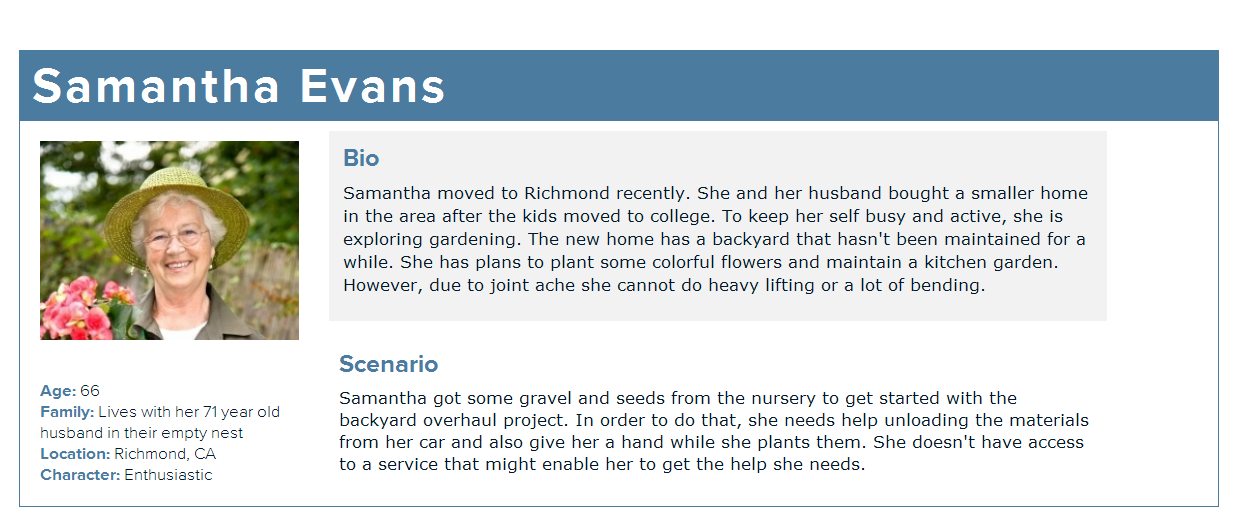Overview
Role: UX Researcher, Product Designer, Front end developer
We created a text based messaging system that connects local day laborers with employers in the Richmond, California area.
What does this mean?
- It means no wifi required, no data plan required
- It means real time results for the people that need it the most
- It means no waiting outside in the sun an entire day for a job that may never come
Impact
We developed the prototype within a 36 hour hackathon in which our team was selected as finalists. I pitched the project in front of 400 investors at the Meeting of the Minds Conference in Richmond in October 2015. Here I learned what venture capitalists look at in terms of the business model and feasibility of an idea.
Through this project I understood the importance of user research and feedback. I put to use concepts learned from my User Interface Design class. By actually stepping into the shoes of the user, I was able to design considering their constraints with regards to accessibility and technology. This was key in modifiying our original idea of an online job portal.
Process
User Research
After assessing the general employment scenario and pain points of the city of Richmond by talking to Richmond locals and city officials, we got a sense of the scale and nature of the problem. Taking a deeper dive, we recruited some participants for Contextual Inquiry and Stakeholder Interviews. We spoke to multiple day laborers and home owners to research job requirements and the availability of skilled labor. Our research led to the following insights, which later informed key product design decisions.
- The population of day laborers was very high
- They did not access to any sophisticated technology like smart phones, Wi-Fi or web apps.
- Existing Job and Information portals were not being utilized by the locals
- Home owners and small businesses heavily relied on day laborers for short term tasks but did not have a reliable way to connect to them.
The more we talked to Richmond locals -- from small business owners to life coaches and construction workers--the more we refined our scope to address one pressing issue: finding work for Day Laborers.

Feature Design and Persona Creation
The user research informed a lot of our product design decisions. We decided to work on designing an application to accommodate the issues discovered above. While following this very User Centered Design approach, we came up with personas of two Richmond Locals.


System Architecture
We started working on designing different feature sets and different user stories based on those features. We worked to develop an architecture where we can connect the employer to the laborers.


Sample User Flow
Samantha wants to find someone to help her for the day. So its quite easy for her to go online and fill out a web form. She just has to enter in details like her contact information, what kind of work she needs to get done, when she needs it, how many people she needs, and hit submit. Her request information gets stored in the database along with requests from other employers.
Now what does someone like Phil need to do? He sees a flyer that says – “Text your name to this number today for a job!” So he does that. The messaging platform texts him back – “When do you need a job? 1. Today or 2. Tomorrow. He just needs to reply 1 or 2. He immediately gets back a text asking – “What kind of work do you do? with several options”. Phil types in 2 for yard work and hits send. Very simple.
Now the messaging platform processes and filters out results and finds 3 options. Samantha is one of them and she gets a message asking if she would like Phil to work for her. She replies back with 1 for Accept. Then the both of them get each other’s contact information in real time. Now they can actually meet each other.

